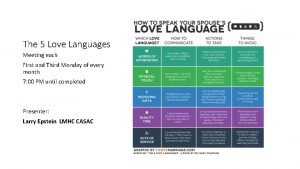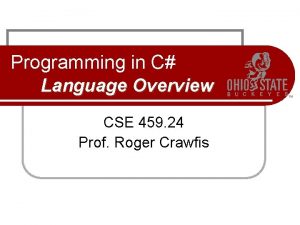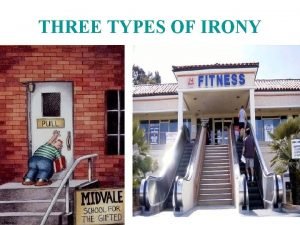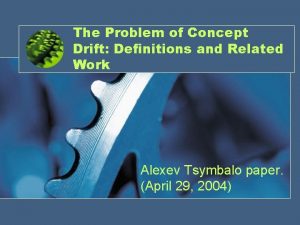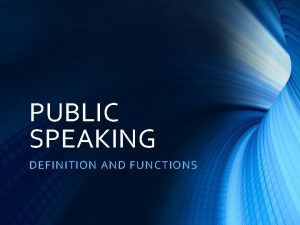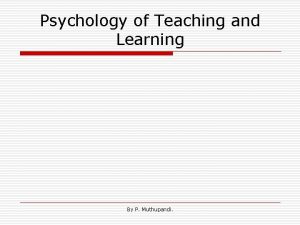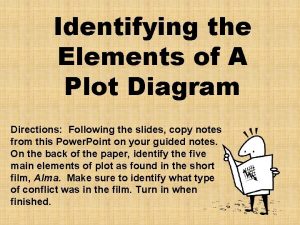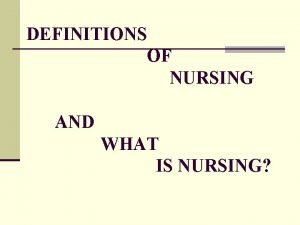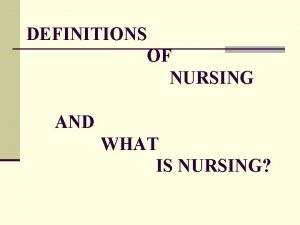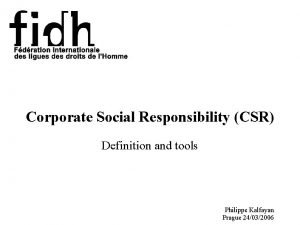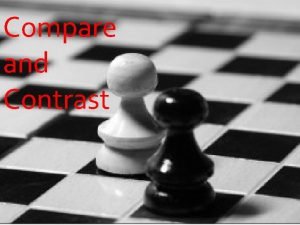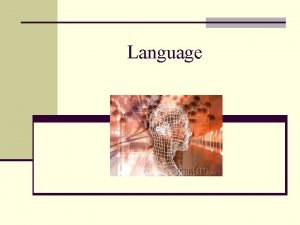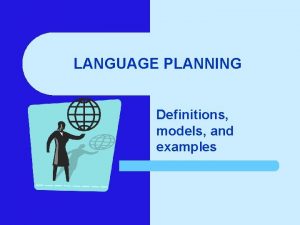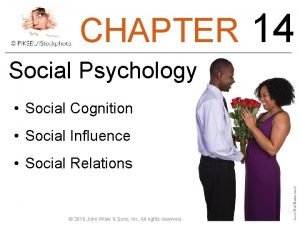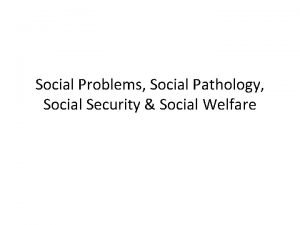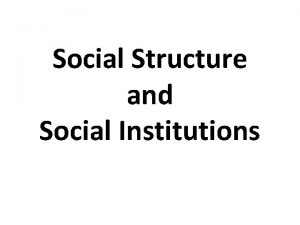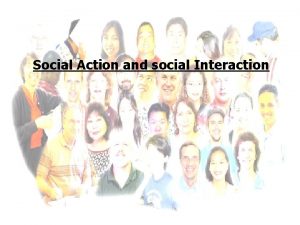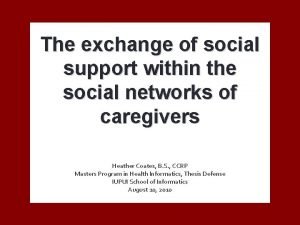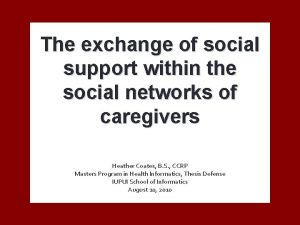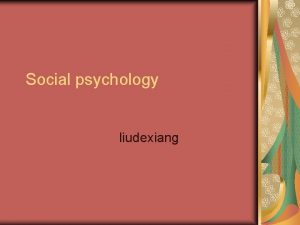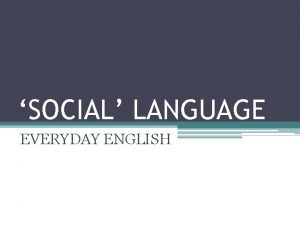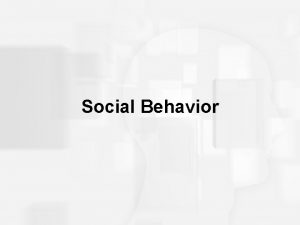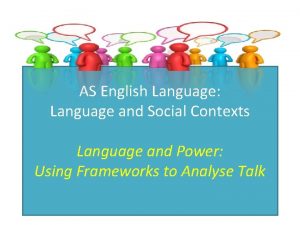Language Overview n Definitions n Language within social
































- Slides: 32

Language

Overview n Definitions n Language within social and cultural contexts n Linguistics (structure of Language) n Biological and Evolutionary Basis of Language n Language Acquisition n n Learning Theories Biological Theories n Language in Nonhumans n Social Interaction Theories

Defining Language n Set of symbols that convey meaning n Often expressed with gestures

5 Major Properties of Human Language is creative – n Language is Structured – n Language is Meaningful – n Language is Referential – n Language is Interpersonal -

Language within a Social Context n The meaning of language changes as a function of social situation. n Consider the word ‘Goodbye’:

Language within a cultural context n Cultural Context n Meaning of language varies according to culture. n Examples: n Words n Gestures

Language, Culture, and Thought n Worf Hypothesis: n Developed by Benjamin Whorf (1956) n Perceptions and thoughts determined by language. n Research fails to support this hypothesis

Language and Gender Stereotypes n Gender Stereotypes in the English Language

Linguistics n Psycholinguistics

The Structure of Language n Syntax n n n The way words combine to form phrases, clauses, and sentences Holophrases Telegraphese n Morphemes n The basic units of meaning in a language n Phonemes n n The smallest sounds that compose words in a language Infants have universal phonetic sensitivity


Semantics n Semantics: n The analysis of the meaning of language n Includes:

The Biological and Evolutionary Basis of Language Chomsky n language is innate n inborn “universal grammar” n Universal grammar is:

Biological and Evolutionary Basis of Language Chomsky § Reason for Language =

Biological and Evolutionary Basis of Language Evidence: § Physiological Brain Studies § Spontaneous Signing

The Biological and Evolutionary Basis of Language When we study human language, we are approaching what some might call the "human essence, " the distinctive qualities of mind that are, so far as we know, unique to man. Noam Chomsky, Language and Mind

Language Acquisition Learning Theories Biological Theories

Language Acquisition - Major achievement - Distinguishes us from other species - Leads to advancement Nature vs. Nurture Debate

Language Acquisition: Learning Theories Learning Theory: § Operant conditioning n specific language behaviours are reinforced

Language Acquisition: Biological Theories n humans have an innate capacity to develop language n Language Acquisition Device (LAD):

Language Acquisition: Evidence for Biological Theories Brain Localization & Lateralization § Broca § Wernicke § Importance of left hemisphere

Language Acquisition Theories: Evidence for Biological Theories Learning Readiness: Lenneberg n humans are born with a grammatical capacity and a readiness to produce language n Critical Periods: n Criticisms:

The Critical Period Hypothesis n Critical period – a period in the development of an organism when it is particularly sensitive to certain environmental influences. Outside of this period, the same environmental influences have a weaker effect. n Example: Bird Song – baby white-crowned sparrows must hear adult song sometime between 7 th and 60 th day or will not learn the complete song.

Second Language Learning n In the first stages of learning a second language, adults appear more efficient than children n After one to two years, very small children speak the new language fluently – this is much less common in adults n Study by Johnson & Newport (1989) examined second language learning and found that the older the subjects when they first learned the second language, the less well they learned it.

Late Exposure to a First Language n Perhaps older learners don’t get worse at language learning, but rather their knowledge of their first language interferes with acquisition of a second language

Newport (1990) n 3 groups of participants: n n n Individuals exposed to American Sign Language (ASL) from birth Individuals exposed to ASL between 4 -6 years of age Individuals exposed to ASL after age 12 n Tested at Age 50 n Results:

Is the Critical Period Specific to Language? n The notion of a critical period seems fairly plausible – n Perhaps children are better at picking up any and all complex skills of which language is only one

LANGUAGE IN NONHUMANS

Language Studies with Chimpanzees n Results of studies of chimpanzees can be used to argue both for and against the idea that language develops naturally n Washoe was taught to make a large number of signs from American sign language n Sarah was taught words and sentences with magnetized plastic shapes

Studies with Chimpanzees n Lana learned to press computer keys with symbols representing words but was unable to manipulate grammatical relations

The Ape Language Controversy n Nim Chimpski was taught manual signing but her signed messages did not increase in length as children’s do n Limitations of Ape Language Research:

Social Interaction Theories n Early learning theorists took an unbending view of the role of reinforcement in language n Biological theories stressed the role of genetics in language development n Social interaction theories say neither the learning nor biological view is correct by itself n Language is part nature and part nurture
 The different love languages
The different love languages Social thinking social influence social relations
Social thinking social influence social relations Social thinking social influence social relations
Social thinking social influence social relations C language overview
C language overview Implicatures within legal language:
Implicatures within legal language: Social language vs academic language
Social language vs academic language Nursing defination
Nursing defination Verbal irony definition
Verbal irony definition The problem of concept drift: definitions and related work
The problem of concept drift: definitions and related work Striker welding definition
Striker welding definition Framing terms and definitions
Framing terms and definitions Types of range of motion
Types of range of motion Speech to actuate definition
Speech to actuate definition Relationship between education and psychology
Relationship between education and psychology Definition of rag status
Definition of rag status Poverty definitions
Poverty definitions Meaning
Meaning Difference between traditional teaching and micro teaching
Difference between traditional teaching and micro teaching Revision materials
Revision materials Collectivisation definition
Collectivisation definition Meaning of leadership skills
Meaning of leadership skills What are fundamental rights
What are fundamental rights Plot elements definition
Plot elements definition Plot structure diagram
Plot structure diagram Punky definition in hatchet
Punky definition in hatchet Circle parts name
Circle parts name Definition gothic literature
Definition gothic literature 8 news value
8 news value What is nursing
What is nursing Definitions of nursing
Definitions of nursing How to expand a definition into a paragraph
How to expand a definition into a paragraph Social responsibility of business meaning
Social responsibility of business meaning Comparing and contrasting definition
Comparing and contrasting definition
